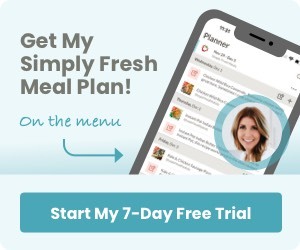The Ultimate Freezer Guide
The freezer can be an amazing appliance, capable of containing leftovers, freezer meals, and excess bulk items that you purchased from the store and more, but it can also become a disorganized mess. The following tips about freezer organization and food storage can guide you to making your freezer experience as efficient as possible.
How to Keep Your Freezer Organized and Running Well
- Check the temperature. Make sure that your freezer is at 0 degrees Fahrenheit or lower by using an appliance thermometer.
- Clean out your freezer. Look through everything. If you find a food that is old or unlabeled or you just don’t remember ever putting it into the freezer, toss it.
- Label everything with a name and date. All foods entering your freezer should have a name and date on them. If it helps you to stay organized, you can also include, especially for proteins, if the item is cooked or raw.
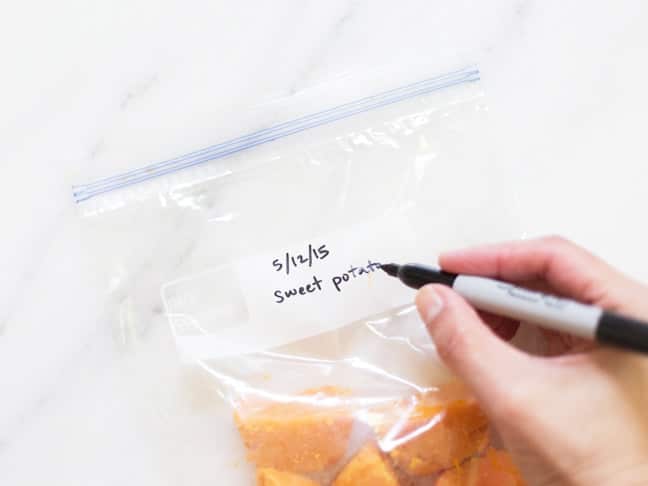
(Image Cred: Wholesome Baby Food)
- Use airtight, freezer safe food storage containers or freezer bags. Use the smallest size container or bag possible (though provide enough room for the food to expand some once frozen) to reduce the chance of freezer burn.
- Protect your proteins. When you freeze proteins that you purchased from the refrigerated section in the grocery store, you may leave them in the original package (if the portion is right for your family), but overwrap the package to maintain the best quality. You can use a plastic freezer bag or airtight heavy-duty aluminum foil, plastic wrap, or freezer paper.
- Have a place for everything. Group similar foods together. Some designated areas could include:
- Raw meats, poultry, and seafood. You can separate these or keep them together.
- Fruits and vegetables. You can separate these or keep them together.
- If you make single servings of leftovers to freeze so that you can use at them at work, school, et cetera, have a separate place so that you can easily grab them and go.
- Freezer meals. This would include meals that you’ve prepped for in advance and have frozen so that there is minimal work to do to begin cooking.
- Baked Items. These include bread, muffins, wraps, English muffins, et cetera.
- Frozen treats.
- Use containers to organize if you’d like. Make sure that the containers are uniform in size, can be stacked if necessary, and are shaped in a way to allow them to sit close together. You will most likely want stackable freezer containers in you have a chest freezer. Also make sure that the containers are made to withstand freezer temperatures.
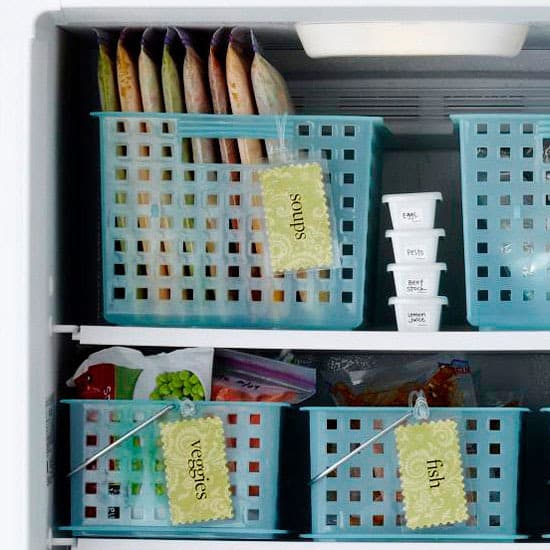
(Image credit: Better Homes and Gardens)
- Freeze foods at peak quality. Freeze leftovers and perishables as soon as possible.
- Freeze in usable portions. When freezing leftovers, do you want to freeze enough to feel the whole family, or do you want single serving portions? Knowing this will determine how you freeze your food. If you buy a large bag of fresh spinach and you want to freeze some, think about how you will use it. If you typically use 2 cups of spinach in smoothies, freeze it in 2 cup portions. The same applies with bulk meat, poultry and fish purchases, as well as many other foods. Planning before you freeze can save time and prevent food waste.
- Consider a two-step freezing process. When you are freezing muffins, hamburger patties, or anything you’d like to be able to pull out of the freezer one at a time without freezing each individually, consider freezing the food on a cookie sheet first then transferring to a plastic freezer bag. This will allow you to easily remove the portion that you need. Make sure that you package the food as soon as possible after freezing.
- Freeze foods flat. If you use plastic freezer bags, freeze the foods flat for easy stacking.
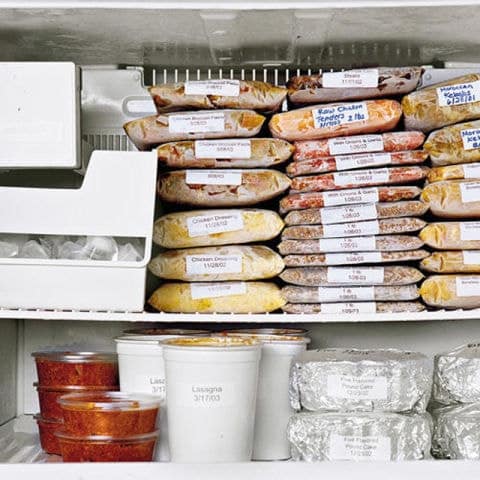
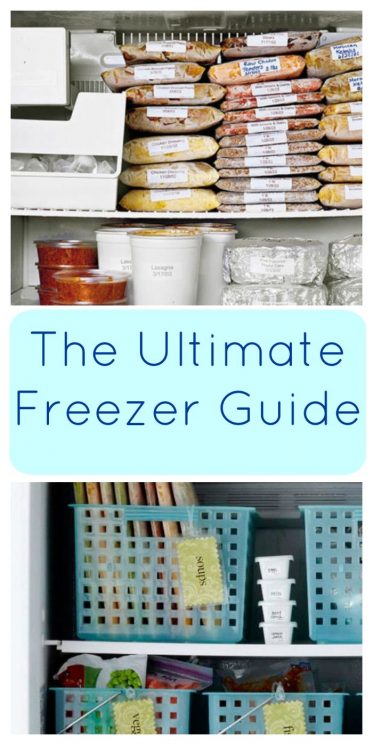
(Image Cred: Good HouseKeeping)
- Freeze rapidly. Always spread foods to be frozen in a single layer on various shelves to allow them to freeze as quickly as possible. Only stack once the foods are frozen.
- Keep an inventory and inventory map. As you put foods into your freezer, write them down and post them on your freezer so that you know what’s in it. You can cross the foods off as they are used. A magnetic dry erase board may be useful for keeping your inventory up-to-date. With a chest freezer, you may want an inventory map to show you were you can find every item in your freezer. For instance, knowing that the frozen raw chicken is in the third stacking bin from the top on the right side lets you go immediately to the right spot rather than digging and removing everything from your freezer in your search.
- Refrigerator freezer compartments are for short term freezing. Many freezers attached to refrigerators are opened frequently, so it is better to use those foods sooner rather than later for best food quality. For foods that you’d like to freezer longer, use your deep freezer if you have one.
- Be selective. If you know it won’t get eaten, don’t freeze it. If your family doesn’t eat leftovers, try to only cook a portion that will be eaten when the food is first prepared.
- For best quality, follow these guidelines for recommended length of time to freeze. Frozen foods can deteriorate in taste and texture, so try to eat the frozen foods within the time frame recommended.
- First in, first out. As you add foods to your freezer, place the older items in the front of the shelf or bin so that they’ll be used first. If you find it helpful, you can put dates that foods were put into the freezer on your freezer inventory.
- Keep your freezer well stocked. A full (but not jam packed) freezer retains its temperature better when the door is open than a freezer with very little in it.
- Defrost manual defrost freezers on a regular basis. It’s time to defrost when the frost is a quarter of an inch thick.
No longer stand staring into the freezer abyss wondering what’s in it and how long it’s been there. You can quickly organize your way to a freezer victory, allowing you to swiftly put away or find anything you need.
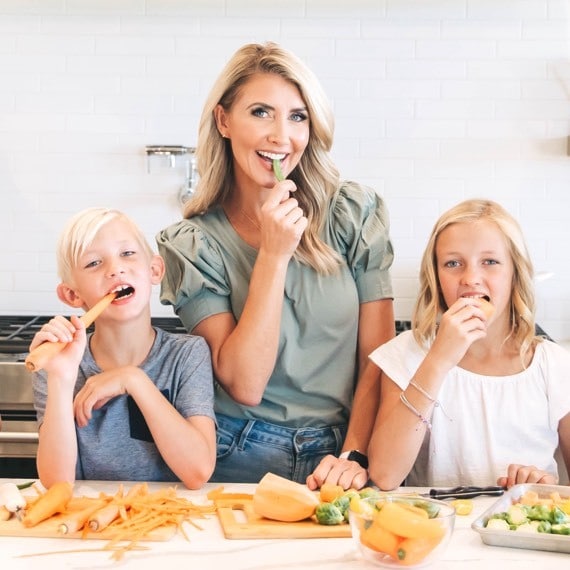
Natalie Monson
I'm a registered dietitian, mom of 4, avid lover of food and strong promoter of healthy habits. Here you will find lots of delicious recipes full of fruits and veggies, tips for getting your kids to eat better and become intuitive eaters and lots of resources for feeding your family.
Learn More about Natalie